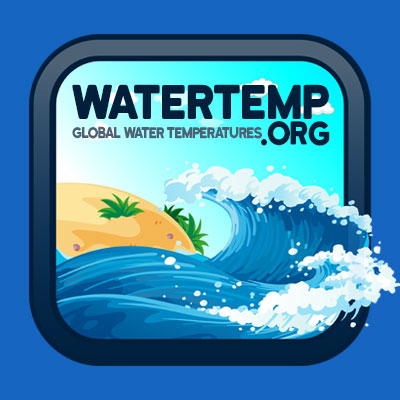- May 27, 2022
- 515
- Pool Size
- 15000
- Surface
- Plaster
- Chlorine
- Salt Water Generator
- SWG Type
- Hayward Turbo Cell (T-CELL-5)
The answer seems obvious enough but I figure I’d ask anyway. For Winter chem adjustments I’ve assumed a low of 32 — after all not much going to happen any lower than there. Where I live, the temps will go well below freezing, but rarely for more than just overnight, maybe a full 24 hr period max. So I’ve looked for an answer to a seemingly straightforward question and it surprised me, not much seems to be out there as far as how to even start to go about figuring it out (which maybe I should take as a clue that it’s as straightforward as it seems lol). I’m aware it doesn’t really make much difference in the grand scheme but I hate unanswered questions in my mind.
Assuming a covered pool with the water level drained to about a foot below grade, is there some way to relate water temps as a function of outdoor temps or of ground temps or is it all just as it seems, like assume the water will or at least may eventually get as cold as it is outside? Thanks for any insight!
Assuming a covered pool with the water level drained to about a foot below grade, is there some way to relate water temps as a function of outdoor temps or of ground temps or is it all just as it seems, like assume the water will or at least may eventually get as cold as it is outside? Thanks for any insight!


